
It's here, the most comprehensive real estate market report for the entire region - Cambridge, Guelph, Kitchener, and Waterloo. Prepared in-house, and always with maximum attention to detail to ensure the most complete data and analysis possible.
Remember, you can sign up to receive market reports directly to your inbox at the bottom of every page on this site.
Archives of past reports are at the bottom of this page. Consume wisely, friends.

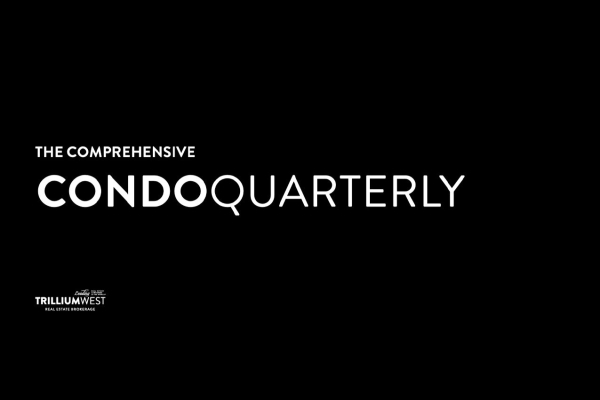
At TrilliumWest, our REALTORS® are here to help you do exactly that. Whether you’re buying, selling, or just trying to make sense of it all, you can always count on us for honest, unfiltered advice — no pressure, no sales pitch, just real talk about real Q3 brought a balanced and steady market across Waterloo Region and Wellington County, with list-to-sale ratios holding around 0.5 — a textbook definition of “neither hot nor cold.” Like clockwork, the summer slowdown hit as Canadians traded open houses for open water and listing appointments for long weekends. Sales eased, inventory pulled back, and both buyers and sellers seemed content to take a collective breather.
Come September, the usual bump in listings returned, but buyers were slower to wake from their cottage-induced comas, nudging us toward more of a buyer’s market as Q3 wrapped. Still, it’s worth remembering: seasonality is normal — and this year, we’re back to that long-lost pre-COVID rhythm we used to call “the real estate cycle.”
Interest rates continue to ease, giving cautious buyers a glimmer of hope, though affordability remains top of mind. With unemployment hovering near 7% and talk of AI reshaping the job landscape, many are still hesitating on big moves. That said, experts expect further rate cuts before year’s end, and combined with some of the price corrections we’ve seen — detached prices down year-over-year 9.43% in Cambridge, 2.47% in Guelph, 4.35% in Kitchener, and 4.6% in Waterloo — the math is starting to look a little friendlier for buyers.
Of course, trying to “time the bottom” of the real estate market is about as successful as trying to time the stock market. The big correction has already happened, and what we’re seeing now are smaller, manageable fluctuations. For opportunistic buyers, this is prime territory: less competition, more negotiation room, and motivated sellers.
Sellers, don’t lose heart — there’s opportunity here too. Those looking to move up in price point can sell in a balanced market and buy into a softening one, a rare window that doesn’t come along often. And remember: every market has its bright spots — it’s just about knowing where to look.
Township Limitations
While we make every effort to obtain as much data as possible from a variety of sources, sometimes there just isn't enough of it to report statistically significant figures.
The Townships can often have very low totals over any individual quarter, so although we do our best to report the facts, sometimes the facts are a little light on substance.
Sales to New Listing Ratio
A real estate market never heads in just one direction. Several key factors can drastically influence the direction of the market including mortgage interest rates, employment levels/growth, investment growth, immigration and development. Separately, or in conjunction with one another, they can influence whether we are it is a buyer’s market or a seller’s market.
A buyer’s market exists when there significantly more homes for sale than there are buyers. The typical end result is a drop in median sale prices over time as homeowners adjust their expectations to the current market conditions.
A seller's market typically exists when interest rates are low are there are plenty of qualified buyers and not as many homes for sale. Buyers must react quickly and often face multiple offer situations. Prices generally rise under these circumstances.
To appropriately measure market activity, TrilliumWest uses the Sales/New Listing Ratio as much as possible. The primary purpose of this ratio is to measure the balance between market supply and demand.



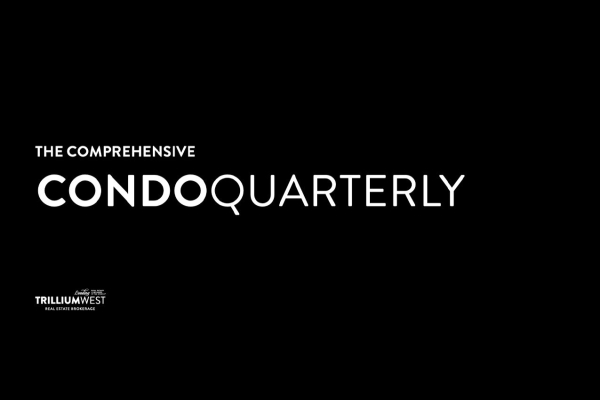




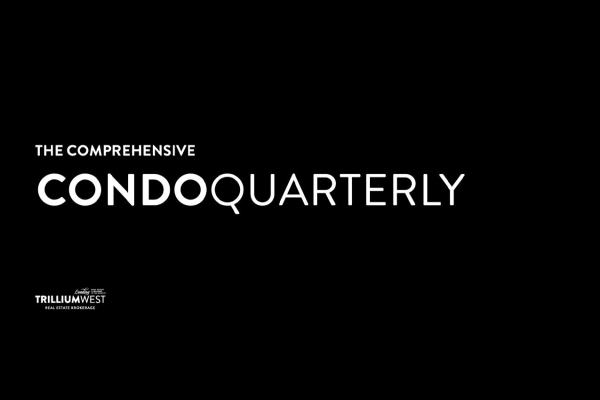

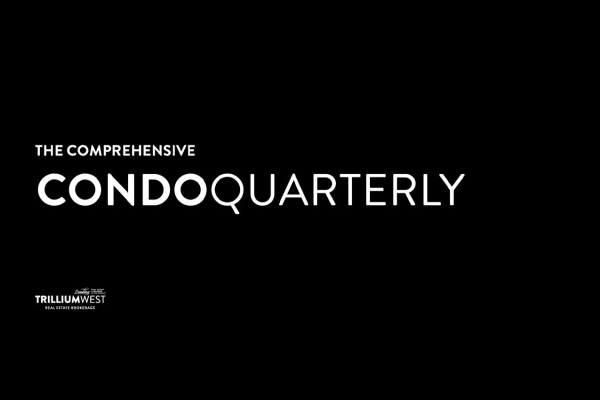
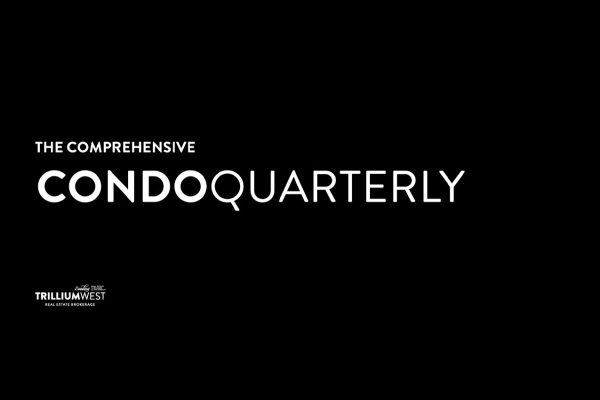
We recently moved to Canada, and moving to a new country is one of the most stressful things you can do. Luckily, thanks to Samantha Ramos, the stress of finding a rental property was lifted off of our shoulders. Samantha was an excellent communicator throughout the process of finding a rental. She gave us practical advice about where to live as newcomers to Canada/Waterloo Region.
Anila Yadavalli
Working with Heather was so easy! She took note of what we were looking for and it took no time to find our home. The paperwork and process was very simple and they were able to set us up with everything we needed.
Reema Habash
Nicole Davidson is amazing. Her knowledge, patience, drive and a way with making people in the same room feel at ease will sell any home! You would be lucky to have her as a real estate representative!
Erin Pleizier
